Fischer Amps ALC 161 II Handleiding
Fischer Amps
Niet gecategoriseerd
ALC 161 II
Bekijk gratis de handleiding van Fischer Amps ALC 161 II (4 pagina’s), behorend tot de categorie Niet gecategoriseerd. Deze gids werd als nuttig beoordeeld door 77 mensen en kreeg gemiddeld 3.7 sterren uit 39 reviews. Heb je een vraag over Fischer Amps ALC 161 II of wil je andere gebruikers van dit product iets vragen? Stel een vraag
Pagina 1/4

1
FISCHER AMPS
INNOVATIVE TECHNOLOGY FOR STAGE AND SOUND
MANUAL
Professional Rackmount Charger ALC 161 II
Dear customer,
You have decided to buy a
FISCHER AMPS
product. Thank you.
This product – as well as the accompanying rechargeable batteries been developed according to the latest – has
state- - -of the art of technology and will be steadily developed further as required. The Charger complies with the
European Safety Standards and VDE (Association of German Electrical Engineers) regulations.
Please read this manual carefully prior to the first use, you will get important information for use and safety
of the unit. These safety and operating instructions should be retained for future reference.
Should you have further questions, please do not hesitate to contact FISCHER AMPS.
BEFORE FIRST OPERATION:
When choosing your rechargeable batteries, ensure that they are suitable for fast charging. Particularly
older or very cheap batteries are often not admitted for this type of charging.
New rechargeable batteries
- If batteries are supplied in the unit are already charged. You should , the batteries re- charge all batteries
first before using them, since they discharge after a long storage time.
- The maximum capacity of the rechargeable battery is only achieved after several charging/discharging
cycles.
What you should note in general when working with NiCd and NiMH rechargeable batteries:
- Do not dispose of batteries in domestic waste, but take them to a battery collecting point.
- - Use nickel/metal hydride (NiMH) rechargeable batteries instead of nickel/cadmium (NiCd) batteries, since NiCd
cells contain environment-polluting and unhealthy heavy metals. NiMH batteries have a higher capacity and thus
longer operating times.
- Do not charge batteries in extreme cold or hot (> 40 °C) conditions.
- Always store a rechargeable battery in charged condition when the rechargeable battery is not used for a longer
period of time.
- - After a longer time of non use, recharge battery before use.
(NiMH batteries have a self- discharge rate of approx. 10 % per month when not used.)

2
Functional description of the FISCHER AMPS Chargers:
The 161 harger has or batteries each The FISCHER AMPS ALC C 4 charging chambers or 4 f AA AAA . new version
of the ALC 161 has 16 separate channels. Each of the charging chambers is controlled separately by 4 micro
controllers. After inserting the charging box with the batteries into the charging chamber, a voltage measuring
process detects whether the battery is extremely deep In this case, the battery is charged in refresh -discharged.
mode with a small amount of current until a voltage has been reached which allows fast charging. In fast charging
mode, the status LED of the corresponding charging chamber flashes red every seconds2 . A defective battery
which cannot be charged any more is therefore detected, because it does not reach the voltage required for fast
charging. In case of battery fault, the status LED of the charging chamber flashes every second. When a regularly
discharged battery is inserted, fast charging starts immediately.
In fast charging mode, the status LED of the charging flashes red every 2 seconds. After a qualifying period for
voltage stabilisation at the battery, the charging current is switched off for a short time and the voltage of the battery
is measured. After approx.. minutes of charging the controller detects if a AA15 - bor a AAA attery is inserted and
controls the charging current to 800mA for AA batteries and 400mA for AAA batteries .
When the charging processor detects that the battery is fully charged, the fast charging current is switched off and
the battery is kept full by means of trickle charging until it is removed, while the status LED lights red with short
OFF- cimpulses. The battery can remain in the harger without danger of overloading. When the batteries are not
needed for a longer time, switch o f the charger and reload the batteries to maximum capacity before use. This f
saves electric power and our environment.protects
A fully charged battery is detected as "charged" after approx. 10 to 15 min. when charged again (i. e.
switching on the Charger) and changeover to trickle charging mode is made.
Commissioning:
Power Cable:
Plug in the pole power cable into the mounting jack 3- at the rear connector panel of the Charger. unit iThe ncludes
a switching power supply with an input voltage of 100V to 240VAC with 47Hz to 63 ALC 161Hz. The ha pole s a 3-
power supply line and therefore has to be connected to a 3 pole plug with earthing. - Voltage adjustment of the
units is made automatically depending on the mains voltage. Inside the units are no exchangeable fuses.
The ALC161 wire fuse 1A -is fused with a fine in the mains input connector. The fuse holder at the mains -
input connector contain There are no further fuses inside the unit which could be replaced.s a spare fuse.
Switching on the Charger:
The mains switch with a blue LED is at the front of the Charger on the left. After switching to position “ON”, the blue
power LED lights. If the batteries have already been inserted the charging process start immediately. When , es
charging, the LEDs of the chambers with batteries light red every 2 seconds.

3
Operation:
Inserting the rechargeable batteries into the charging boxes and chambers:
AA and/or AAA batteries:
Remove a charging box by pressing the two vertical strips and pulling out the box at the same t ime. Insert up to four
AA- or AAA batteries according to the drawing in the charging box.
CAUTION: In the chamber, t (+) poles of the he batteries (AA and AAA) always point to the front. Inserting a
battery in wrong polarity scan damage the rechargeable battery as well as the electronic . If a battery is
inserted with wrong polarity, the red LED of this chamber (every second) for apflashes fast prox. 30
seconds. Remove the battery with wrong polarity immediately and insert it again in correct direction.
After inserting the batteries into the charging box, pu the box into the chamber until it latches safely and sh
noticeably at both sides. Press both sides care ully to ensure the box is safely inserted in the charger. f
When the inserted chamber does not yet contain four AA or AAA batteries, it is no problem to pull out the chamber
and insert more batteries for charging. The charging process of the batteries continues after pushing in first installed
the box again. The micro controller detects whether a battery is defective (e. g. Internal short circuit) and the LED-
flashes every second. Please remove the defective battery and do not re use it. -
Removing batteries from the Charger:
AA and AAA rechargeable batteries:
Open the charging box where the status LED lights red (battery charged) by pressing the two vertical strips at the
box and pulling it out at the same time. Should charging of one of batteries be interrupted by doing so, r the emove
the fully charged batteries and then push in the charging box again into the chamber; after that charging of the other
batteries is continued.
Switching off the Charger:
Shift Positi -power switch in position "OFF" or switch off master switch of the rack. In OFF on the ch ger needs no ar
standby power (0 Watts). If the charger and the batteries are not required for a longer time period, switch off the
charger to save energy and protect the environment and re rge the batteries before using them again.-cha
CAUTION! Never insert dry batteries or alkaline / manganese cells into the Charger, the Charger
could be damaged. In such a case do not undertake liability for damage of the FISCHER AMPS
appliance or consequential damage or loss.
Keep your Charger in a dry place (indoor use only). Do not spill liquid into the enclosure through openings. Danger
of fire and electric shock!
Do not expose appliance to direct solar radiation (danger of overheating).
The ventilation openings on top of the appliance should not be covered or blocked.
When rackmount, leave 5mm free space above the Charger so that the air can circulate to prevent buildup of heat.
Do not impede the flow of air through ventilation openings.
Do not insert hot rechargeable batteries (>40°C). Allow the batteries to cool before charging them.
There are no parts inside the appliance which need maintenance service. Do not open appliance.
Repair may only be carried out by the manufacturer.
Product specificaties
| Merk: | Fischer Amps |
| Categorie: | Niet gecategoriseerd |
| Model: | ALC 161 II |
Heb je hulp nodig?
Als je hulp nodig hebt met Fischer Amps ALC 161 II stel dan hieronder een vraag en andere gebruikers zullen je antwoorden
Handleiding Niet gecategoriseerd Fischer Amps

5 Juli 2023
Handleiding Niet gecategoriseerd
- JETI
- Studiologic
- Inspire
- Moman
- Ibm
- Raya
- Kyoritsu
- DIO
- Luminex
- Maktec
- Oladance
- Ganz
- Bella
- Olivetti
- Kisag
Nieuwste handleidingen voor Niet gecategoriseerd
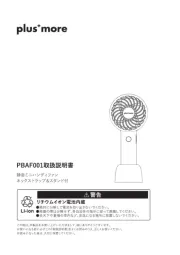
7 Augustus 2025
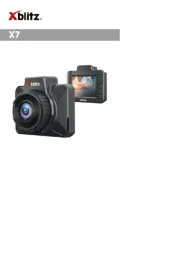
7 Augustus 2025
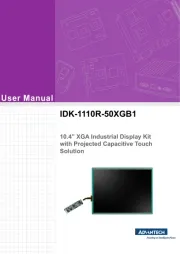
7 Augustus 2025
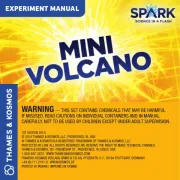
6 Augustus 2025

6 Augustus 2025
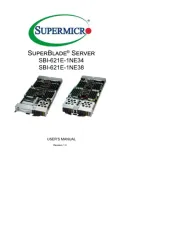
6 Augustus 2025
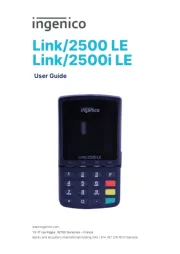
6 Augustus 2025
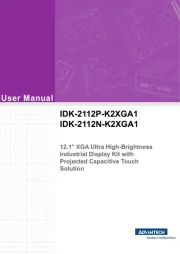
6 Augustus 2025
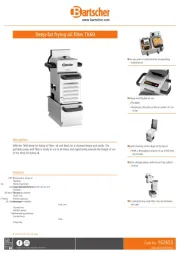
6 Augustus 2025
